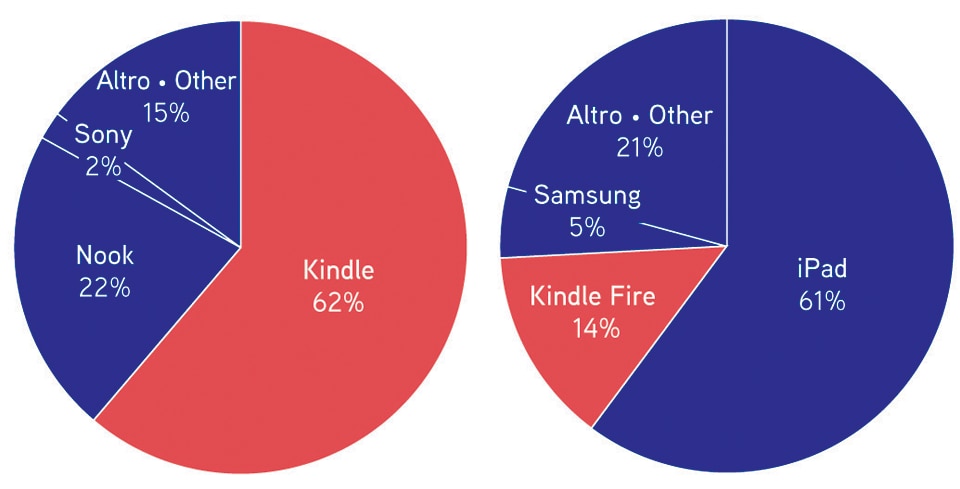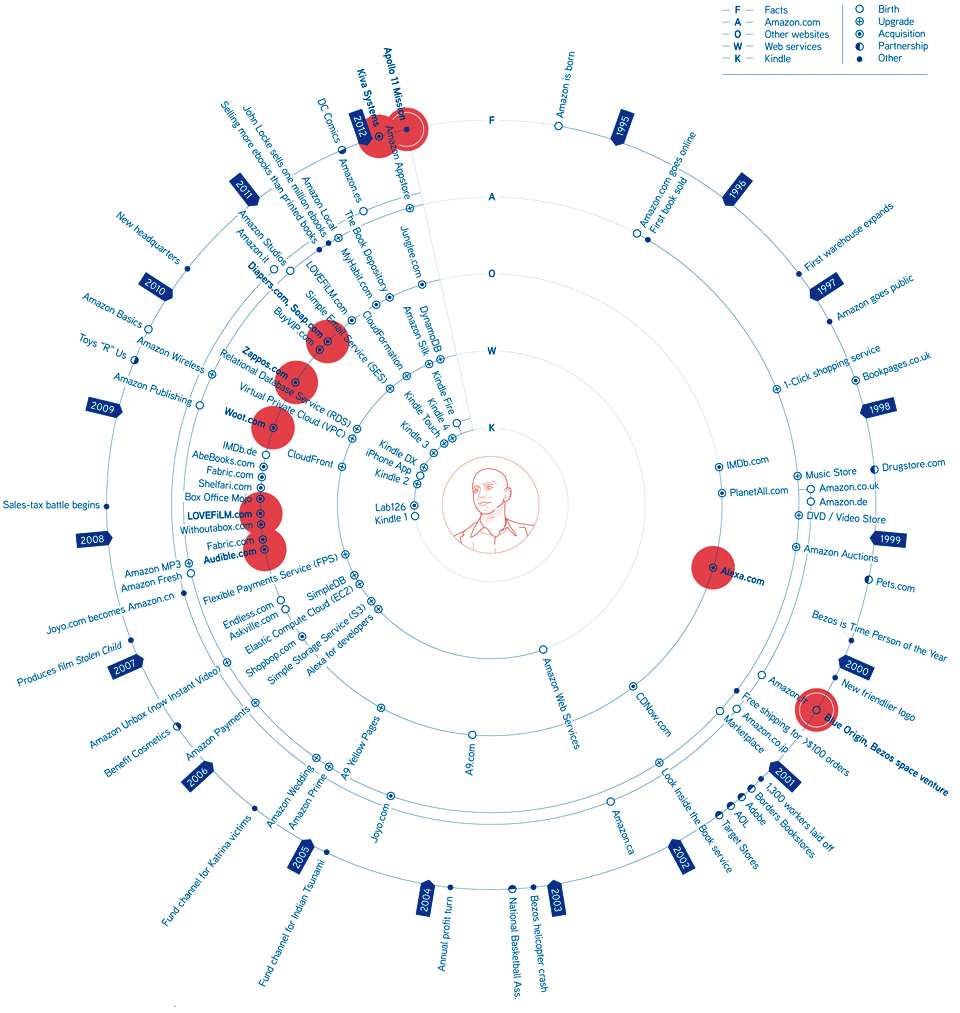Until a couple of years ago, it would have been impossible to believe, listening to any literature professional, that publishing was anything other than a pen, ink and paper business. Sure, the typewriter, complete with ashtray and the clacking of keys, is romanticised, but it is rarely given an active role. The work remains "in manuscript" until it appears, as if by magic, printed onto paper and available in the nearest bookshop, transmogrified by the sheer romance of literature itself.
Of course, this is pure fantasy. For almost two decades, since the advent of desktop publishing, the publishing process has been almost entirely digital, only assuming a physical form at the very last stage: in the reader's hands. Most novels — not to mention every other type of book — are written — typed — onto electronic keyboards, and stored, transmitted, edited, formatted, set and distributed digitally. An increasing amount of the printing itself is digital too, as complex lithographic processes give way to digital presses allowing shorter runs and more efficient production. What then of reading, the last outpost of the physical?
Electronic books have been around for some time, and you can pick your genesis myth, although the most persuasive is the moment when Michael S. Hart, a graduate student with a new network account at the University of Illinois, decided to type up the American Declaration of Independence, it being the Fourth of July, 1971, and make it available for public download. In the process he created the first e-book, and went on to found Project Gutenberg, the first digital library, and fought a lifelong campaign for higher literacy rates.
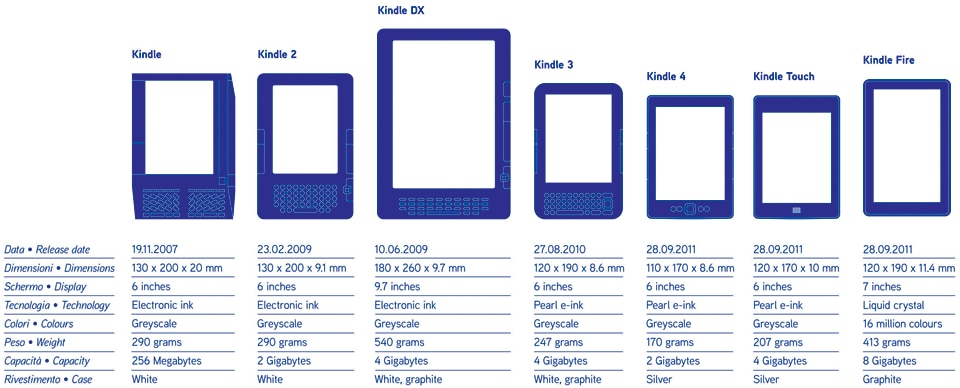
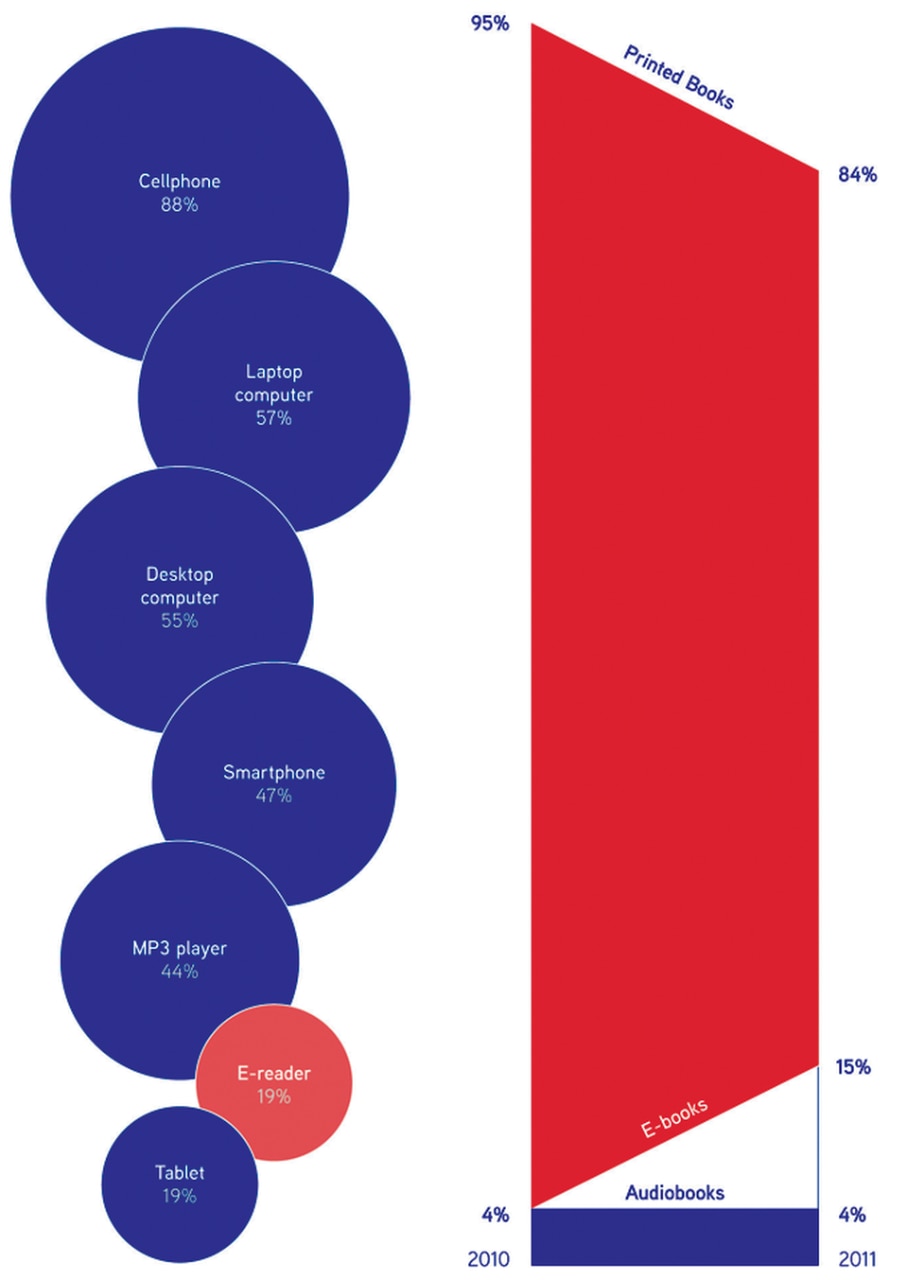
If the inventory software fails, mere people are adrift among millions of scattered flotsam
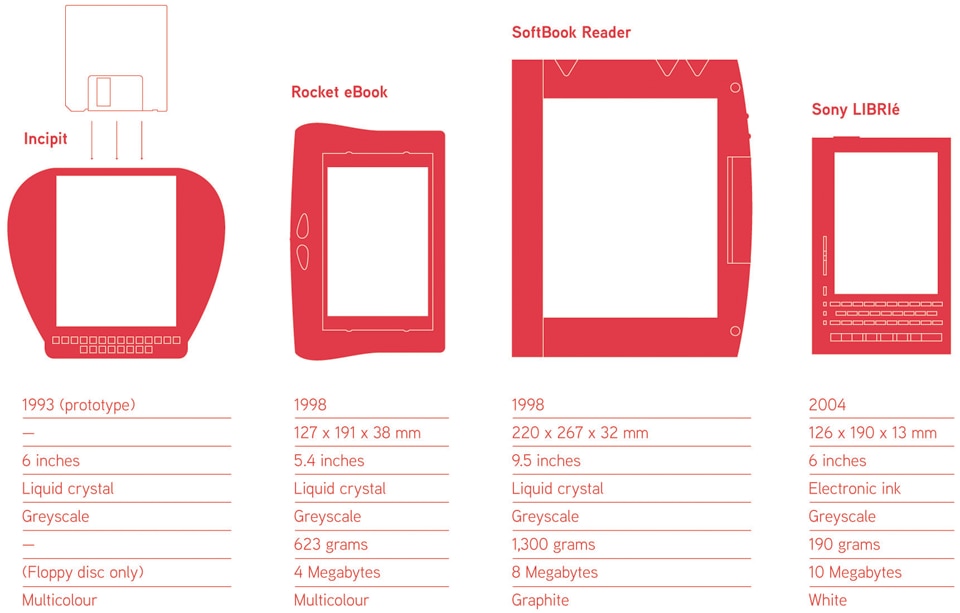
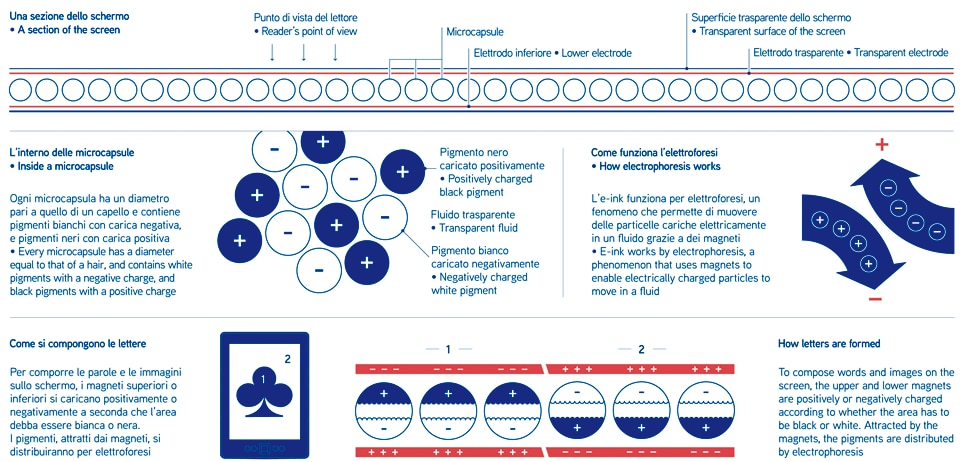
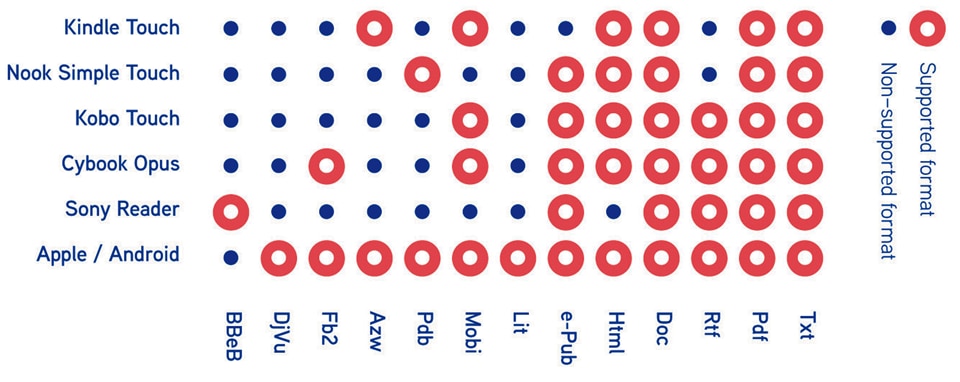
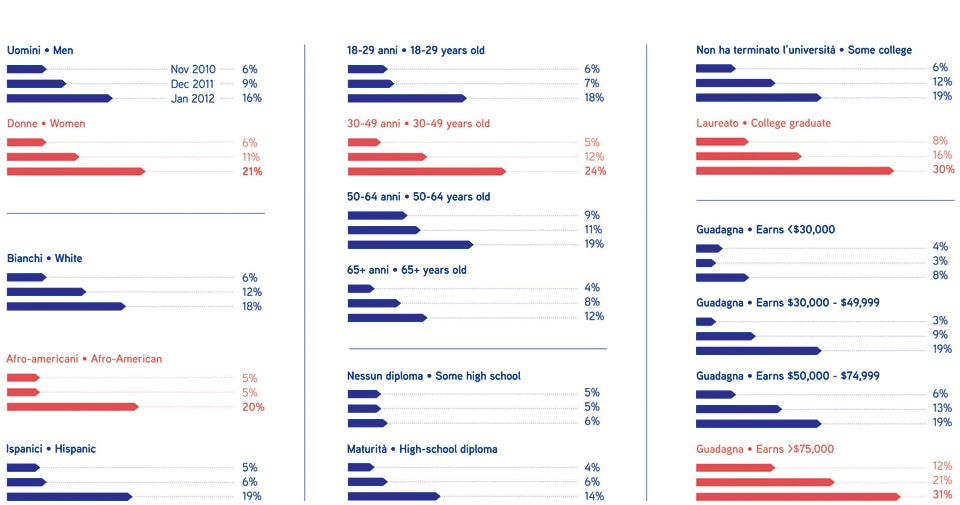
More nuanced dissent would penetrate further: into Amazon's terms of service, into their ringfencing of the social experience of their readers, into their aggressive pricing and discounting strategies. The Kindle allows these things by directly connecting reader and marketplace, to the exclusion of all other voices. Literary Jesuits, Amazon knows that once a reader has a Kindle in their hands, they are unlikely to go anywhere else for books.

What makes the Kindle unique is what makes Amazon unique: its physical presence is a mere avatar for a stream of digital services. In the spirit of its parent, it is more infrastructure than device. And it is as infrastructure that it disrupts, as its biblioclastic name intends.
The Kindle connects the reader to a carefully, algorithmically managed world, a code/space that affects reader and reading, and ultimately writing and literature. Code/spaces, as defined by Rob Kitchin and Martin Dodge, are physical spaces in which use of the space is contingent upon software. For example, an airport check-in. Software facilitates the registration and flow of people, producing the check-in space; should the software fail, the space itself crashes, becoming a busy, angry and ultimately pointless waiting room.
